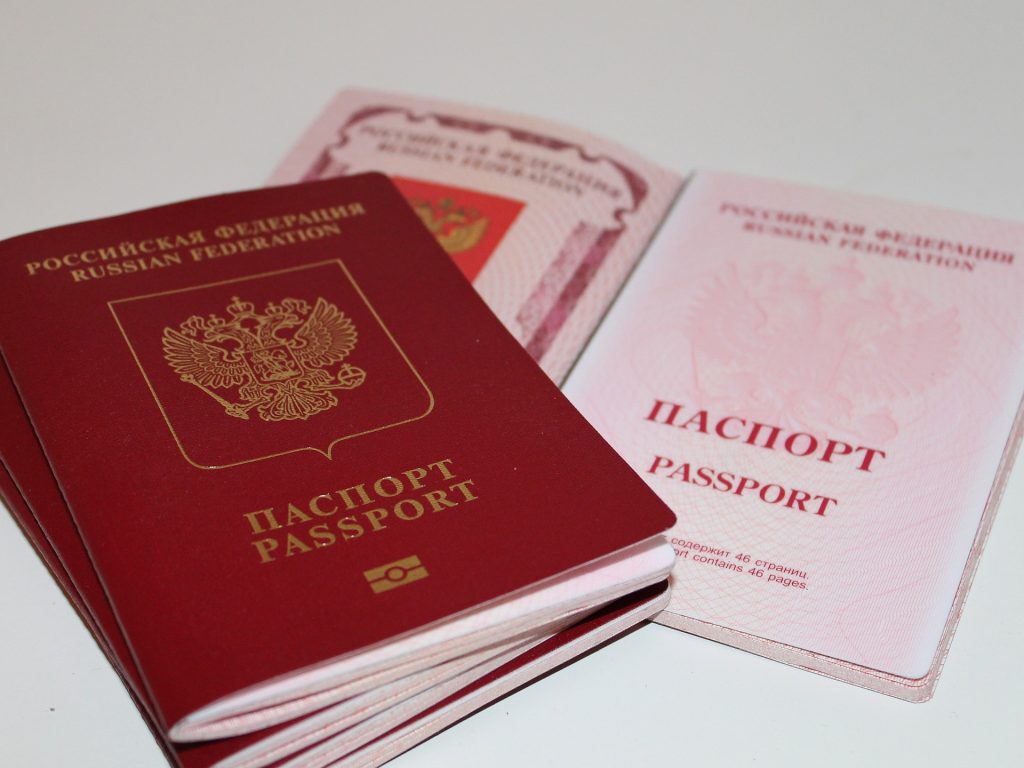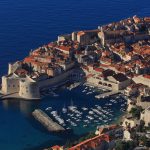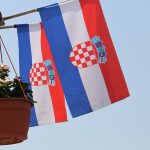January the 4th, 2024 – The Croatian digital nomad model has proven so successful in attracting those engaged in remote work that neighbouring Slovenia has decided to take it on board.
As Poslovni Dnevnik/Marija Brnic writes, the Republic of Croatia was among the first in all of Europe to introduce the so-called “digital nomad visa” (which is actually a residence permit, not a visa), and neighbouring Slovenia will now copy the Croatian digital nomad model.
In the Slovenian Law on Foreigners, they are set to incorporate the very good experience that Croatia has been applying since January the 1st, 2021. Slovenian authorities have explained the drive behind this proposal, by regulating the status of digital nomads in that country, they also want to encourage the arrival of this group of residents in its country in the same way Croatia has. It has proven that doing this increases the flow of knowledge and experience into the country, revenues flow into the state budget, and the move will strengthen the overall visibility of Slovenia.
The Croatian digital nomad model’s effects aren’t entirely clear…

The exact effect the Croatian digital nomad model has had hasn’t concretely been determined, because the presence of digital nomads themselves isn’t as straightforward to calculate as one might assume. Digital nomads who are EU citizens aren’t subject to the obligation to request a residence permit, nor are nomads who come from the so-called third countries, if they’re staying in the country for less than 90 days. Figures and unofficial estimates suggest that around 5,000 digital nomads could be residing here in Croatia on a monthly basis, but there’s no doubt that the introduction of the Croatian digital nomad model was an excellent move by the powers that be.
According to data from NomadList.com, a platform that brings together digital nomads from all over the world and analyses their experiences, Zagreb, Split, Rijeka and Zadar are among the 50 cities on the global list with the best ratings of living and working conditions given by nomads. Zagreb is in an impressive 15th place. Safety and acceptable prices contribute the most to good ratings, while the quality of the internet stands out as a shortcoming in both Rijeka and Zadar.
When it comes to digital nomads from third countries, since the proper introduction of the Croatian digital nomad model, their number has been increasing. This trend continued last year as well. Data is currently available for 11 months of 2023, during which residence permits were requested from the Interior Ministry (MUP) for 1,398 digital nomads wanting to stay longer than 90 days. Throughout the whole of 2022, MUP received 1,223 requests.
As far as the origin of these digital nomads is concerned, there were no significant changes among those who mostly choose Croatia for their stay. Russians and Ukrainians submitted the most requests for permits last year, as well as citizens of the USA and former EU citizens, the Brits.
An increase in Russian requests in Croatia

A fairly high 600 applications were submitted from Russia, which is a noticeable increase compared to the year before, when the number of applications stood at 457. It is mostly younger and highly qualified people fleeing to from Russia to other countries. From Ukraine, on the other hand, interest in digital nomad residence permits in Croatia has decreased. In Croatia, 315 citizens applied for this status back in 2022, and 211 did the same during the eleven months of last year which have been analysed.
Compared to these two warring countries, the number of requests received from citizens of the USA and Britain is significantly lower. By December last year, 153 people interested in becoming digital nomads in Croatia contacted the Ministry of Interior from the USA, and 60 did the same from Britain.
Looking at the statistical data kept by MUP, it’s evident that not all requests for this regulated stay end up being approved. This is partly connected with the length of time needed for the issuing of such permits, which can drag on for up to two months. This often leads digital nomads to simply give up and look elsewhere. In the case of Russian citizens, however, the length of time taken when it comes to permit approvals are likely longer and more thorough. Among the total of 44 rejected applications last year, half related to nomads holding Russian citizenship.
Once again, Dubrovnik positions itself in the “too expensive” category

From the Ministry of Interior’s data, it can be seen that there’s been a greater interest of nomads from some distant countries, such as Australia (45 requests), and a larger number of this population also comes from Canada (30) and Belarus (25).
It’s worth noting that currently, no data is available on how long these people stay in Croatia and where most are based when living in Croatia. It’s also not clear what they do for work, but judging by the standard professions of nomads on a global level, it can be assumed that they are mostly IT professionals, influencers, writers, designers and photographers.
As far as the area of residence within Croatia is concerned, it can only be concluded that interest has grown in Split. According to the ratings on NomadList a year ago, Croatia’s second largest city wasn’t among those recommended with good ratings, while Dubrovnik is clearly too expensive, seeing it slip off this list entirely.











